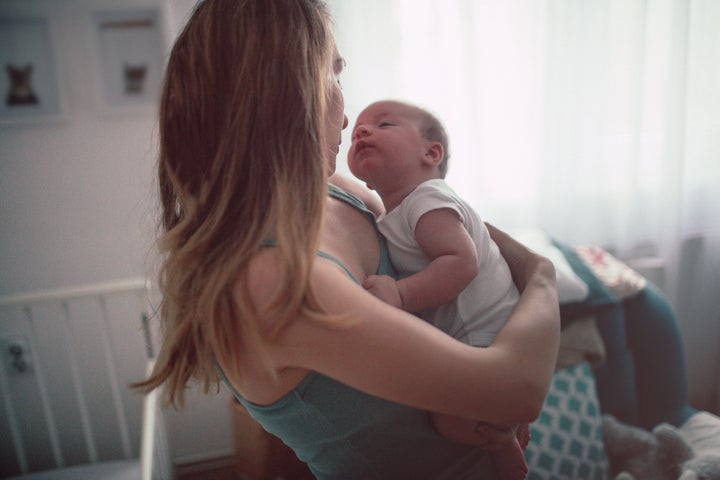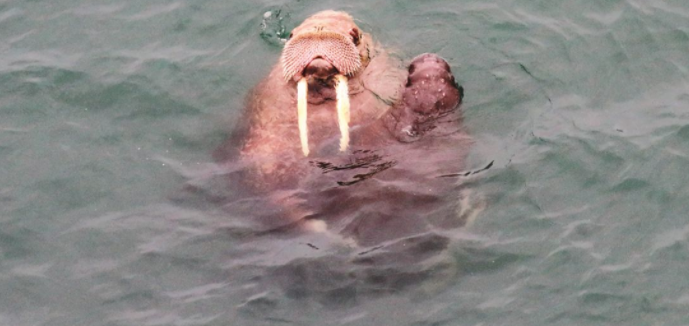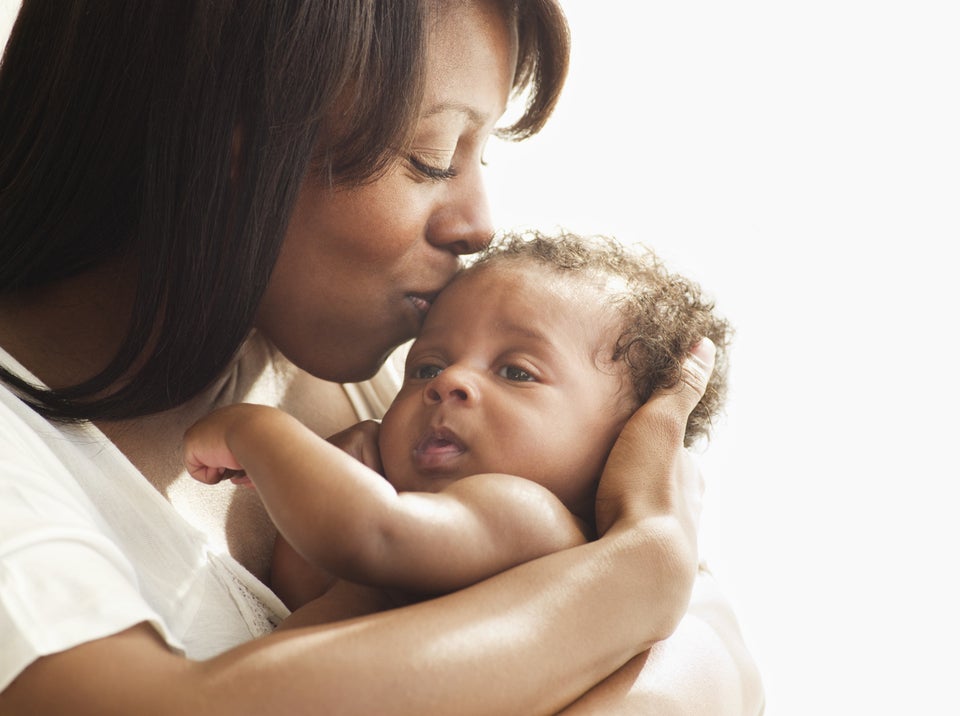Do you tend to carry your child on the left side of your body? Chances are, you’ve never really stopped to think about it, but scientists may have just discovered why you do it.
Although there’s no right or wrong side to hold a baby, scientists have long noted the majority of women tend to naturally favour the left, with previous research suggesting 85% of women instinctively cradle a baby this way.
But until now, the reasons behind this behaviour have been unclear.
To get to the bottom of it, researchers from St Petersburg State University, Russia, looked to the animal kingdom for signs of the trend, to determine whether it’s a learned behaviour among humans, or a behaviour that has evolved across species.
They discovered populations of walruses and flying foxes displaying the same preferences for left-hand side soothing and concluded the method may be an evolutionary behaviour, developed to aid emotional connection with your child.

To understand how your holding preference may affect the emotional connection you need to take a look at our brains.
The right hemisphere of the brain coordinates the left side of the body and is also the side most responsible for allowing us to recognise and process emotion.
The scientists hypothesised a left side cradling bias may encourage mothers to engage the right side of the brain, heightening emotional awareness and allowing them to quickly detect their baby’s requirements.
They looked for evidence of this among animals and found several species, including walruses and Indian flying foxes, displayed this behaviour, meaning it could have evolved millions of years ago.
In fact, they discovered walrus mothers were twice as likely to rest their calves on their left-hand side than their right. This was also the position offspring tended to adopt when feeding (suckling).
They also observed a trend for walrus calves to float alongside their mother’s left-hand side when the two were separated.

Commenting on the results, Dr Andrey Giljov from St Petersburg State University, told The Telegraph: “Our results show that the left-sided positional bias in face-to-face mother–infant interactions is not a unique feature of primate evolution, and occurs in different groups of mammals.
“This consistent pattern may have emerged owing to mutual perceptual benefits resulted from enhanced social processing by the right hemisphere.”
The study is published in full in the The Royal Society journal of Biology Letters.
